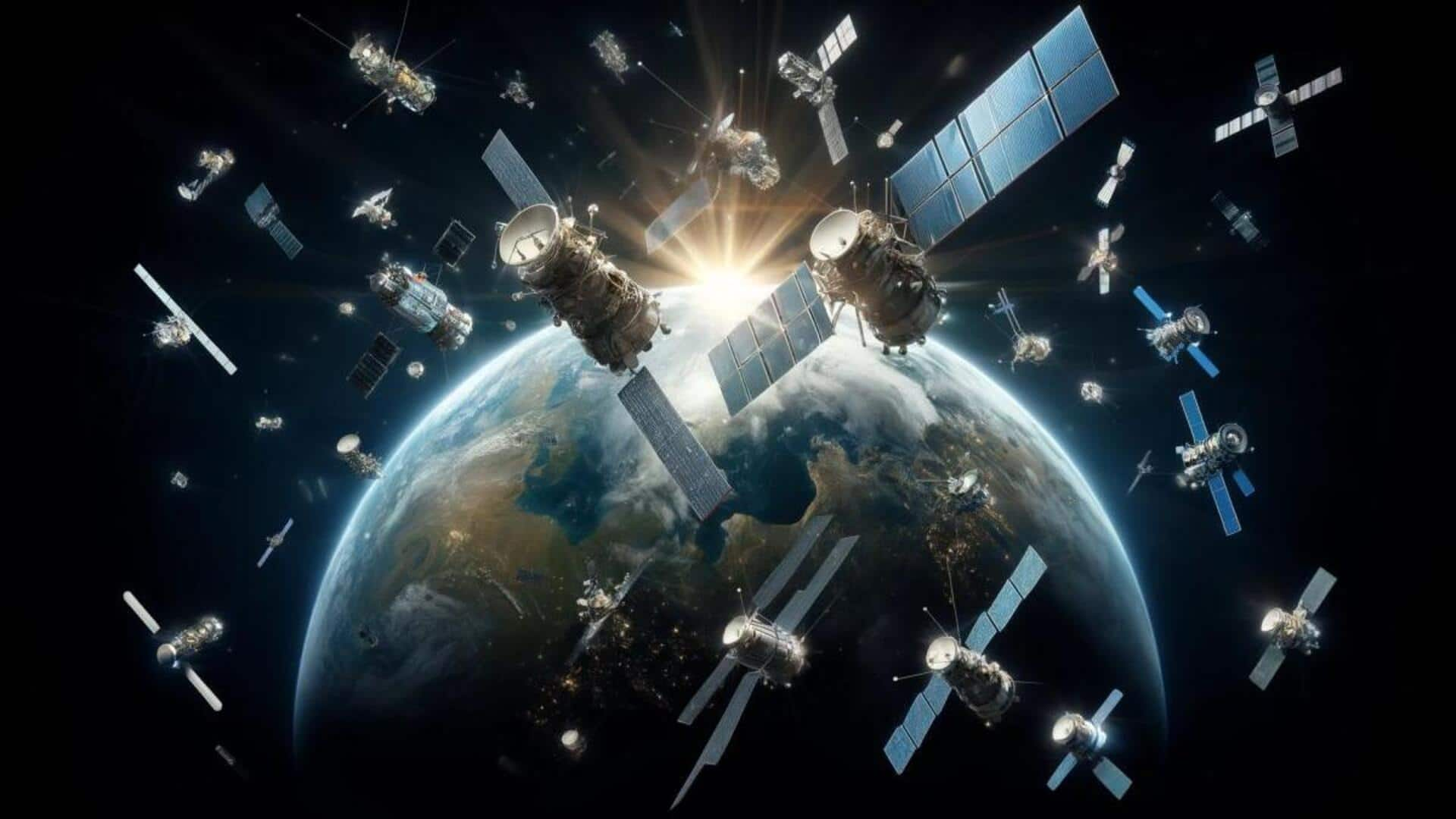
China plans traffic system in space as satellite numbers surge
What's the story
China's National Space Administration (CNSA) has announced plans to develop a space traffic management system. The move comes as a bid to regulate the growing number of satellites in low Earth orbit (LEO). As per projections, as many as 100,000 satellites could be launched in the near future. CNSA's proposed solution hopes to tackle fears of congestion and chaos in orbital pathways.
System objectives
CNSA's traffic system aims to streamline satellite operations
The proposed space traffic management system by CNSA is aimed at streamlining satellite placement and operations. Officials from the agency stress on the need for sustainable satellite deployment, noting that overlapping missions could hamper the growth of the industry. The Chinese government also intends to back its private space sector, which is witnessing a boom with companies launching mega-constellations of satellites.
Satellite projects
China to build 5,000 satellites per year by 2025 end
Industry data indicates that there are 58 satellite plants in China at present, some of which are already operational while others are still in the planning stage. By 2025 end, China could manufacture as many as 5,000 satellites per year. Notable projects include Spacecom's G60 Starlink network, which is set to launch some 15,000 satellites and China Satellite Network's Guowang project with nearly 13,000 units. LandSpace's Honghu-3 project will add another 10,000 satellites in low-Earth orbit.
Alliance formation
CNSA's Commercial Space Innovation Alliance to address space challenges
CNSA has also launched the Commercial Space Innovation Alliance recently to tackle key challenges in space development. These include resource use, safety rules, and coordination issues. The alliance would connect companies with state-run tech experts and guide private rocket and satellite manufacturers using government experience. Its primary focus is on satellite collision prevention and enhancing international cooperation without creating orbital risks.
Testing opportunities
CNSA's alliance to provide commercial firms with testing facilities
The Commercial Space Innovation Alliance will also give commercial firms access to national testing facilities that were previously reserved for government space projects. Now, these facilities can be used for trials by private companies. Another innovative concept being introduced is the creation of "sandboxes," where risky space operations can be tested. National teams will lead these sandboxes, but companies are welcome to participate as well.